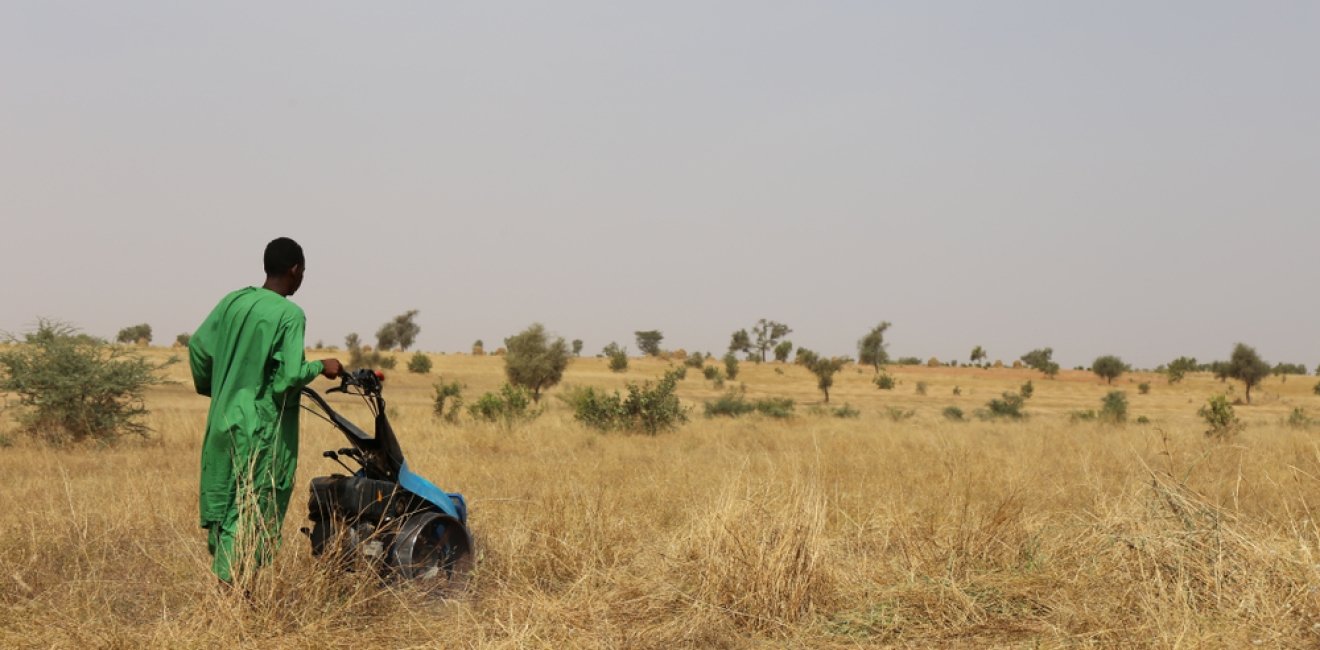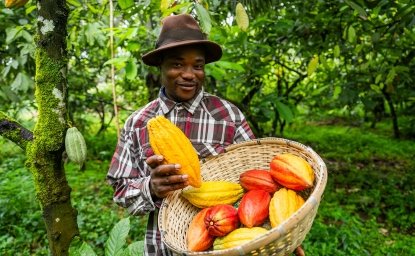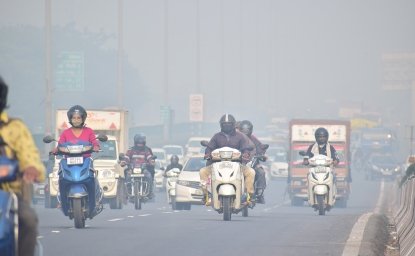
A blog of the Wilson Center

A larger share of the world’s terrorism-related deaths come from Africa’s Sahel region than South Asia and MENA combined.
Each year, the Australia-based Institute for Economics and Peace (IEP) produces Global Terrorism Index, or GTI, for 163 separate countries. The most recent GTI finds that, by the numbers, terrorism deaths dropped slightly during 2022. However, much of that “decline” is a result of the Taliban takeover in Afghanistan: since the Taliban is now the government, it isn’t included in GTI’s terrorist calculations.
But the index’s most eye-opening finding? The Sahel now accounts for 43 percent of the world’s terrorism deaths—more than South Asia and the MENA region combined. That percentage is on the rise. According to GTI, two Sahel countries—Mali and Burkina Faso—are among the world’s five countries most impacted by terrorism deaths. With 1,135 terrorism deaths in 2022, Burkina Faso now accounts for more terrorism deaths annually than any other country.
The Sahel is usually defined as the region in West and Central Africa with the Sahara to its north and the savanna to its south. The IEP includes parts of ten countries in their definition of the Sahel region: Burkina Faso, Cameroon, Chad, Gambia, Guinea, Mali, Mauritania, Niger, Nigeria, and Senegal.
So why is this region particularly vulnerable to terrorism? Many are quick to blame ethnic and religious conflict made more destructive by the growing availability of weapons from outside the region. But there are other contributing factors that are fueling deeper stressors and frustrations within and between communities. Weather extremes, unpredictable growing cycles, desertification, and diminishing arable land all contribute to the sense of declining economic opportunity that many feel—especially the region’s youth. Instead of using their authority to resolve disputes and build inter-communal understanding, many political leaders, armed with social media, appear all too ready to exploit these pressures for their own political gain. It’s also interesting to note that there have been six coup attempts in the region just since 2021.
All of these stressors open the door for violent extremists—including a number of deadly terrorist groups—to amass more power and gain more followers. Nowhere is that more true than the area where Burkina Faso, Mali, and Niger come together. Here there is a growing presence of IS affiliates and Jamaat Nursat Al-Islam wal Muslimeen—a coalition of militant jihadists. But other violent groups, many not formally aligned with outside terrorist organizations, are engaging in crime and violence. An attack on Saturday, April 22, killed 10 people and wounded more than 60 when a bomb was detonated in the town of Sevare in Mali’s Mopti region. Less than two weeks earlier, the Burkina Faso villages of Kourakou and Tondobi near the Niger border, were attacked simultaneously killing 44 people.
With France’s withdrawal of its military forces from Mali last year, Russian mercenaries have seen an opening to increase their own presence and activities in the region. The Russian paramilitary organization Wagner Group is believed to be operating in Mali and Central African Republic. They are also suspected of operating—or soon to be—in Burkina Faso and Chad. And there are rumors of other outside groups taking advantage of the region’s weak governance and lack of western assistance.
During my time as the USAID administrator, our programs in the Sahel region were pointed toward building resilience, increasing constructive options and opportunities for individuals (especially youths), resolving conflict through tailored mediation and reconciliation programs, and promoting messages that affirm peace-and-stability to counter extremist propaganda. While military efforts to counter terrorism are important, it is also critical to work with local governments to increase their responsiveness to citizen needs and counter extremism through opportunity.
This blog was compiled with the assistance of Caroline Moody.
Author

Explore More in Stubborn Things
Browse Stubborn Things
Spying on Poachers

China and the Chocolate Factory

India: Economic Growth, Environmental Realities
